People in the construction industry pump concrete for:
-
manufacturing pre-cast and tilt up concrete panels
-
concrete formwork
-
slab construction
-
concrete paving
-
concrete spraying.
Concrete pumping has caused serious incidents over recent years.
Types of concrete pumping
Concrete pumping equipment includes:
-
line pumps using trailer or truck-mounted pumps with flexible hoses
-
mobile concrete placing booms using truck-mounted pumps with pipework supported by multi-staged booms
-
satellite concrete placing booms using fixed or trailer-mounted pumps that use concrete placing booms fixed to the structure being built.
Training and licensing for concrete pumping
You must provide your workers with any information or training needed to protect them from risks involved with their work.
You must ensure that information, training or instruction provided is suitable and adequate for:
-
the nature of the work carried out by the worker
-
the nature of the risks associated with the work at the time, and
-
the control measures implemented.
Workers who operate concrete placing booms must have the relevant high risk work licence.
They must show it to you before they start work.
Safe work method statements for concrete pumping
You must prepare a safe work method statement before you undertake high risk construction work.
Concrete pumping may be considered high risk construction work in a number of instances, including when it is undertaken:
-
on or near energised electrical installations or services
-
on, near or next to an in-use road or railway
-
in an area where there is any movement of mobile powered plant.
A SWMS must:
-
identify the type of high risk construction work being done
-
specify the health and safety hazards and risks arising from the work
-
describe how risks will be controlled, and
-
describe how the control measures will be implemented, monitored and reviewed.
A SWMS must be accessible and understandable to anyone who needs to use it. You must develop your SWMS in consultation with workers (and their representatives) carrying out the high risk work. If the SWMS is already prepared before workers begin, you must consult with them when they receive it.
